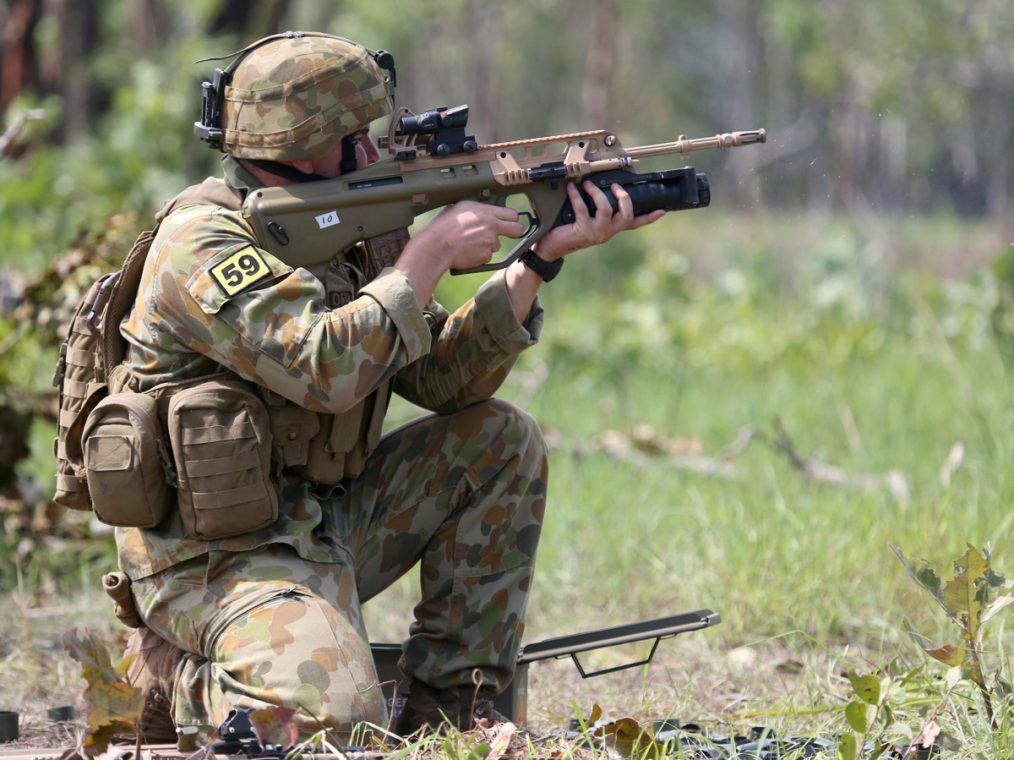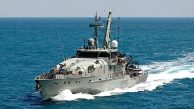
The Future of the EF88 Rifle: Civilian Availability and Regulatory Challenges in Australia
The Australian Defence Force (ADF) extensively employs the Enhanced F88 (EF88) service rifles, a locally produced weapon by Thales Australia. The EF88, a modernized version of the original Austrian Steyr AUG, has become the standard issue for the ADF, serving across various branches and operations.
In the foreseeable future, the ADF seems set to continue using the EF88 in all its configurations. This observation was made by a member of Queensland’s Police Minister’s Firearms Advisory Committee, who highlighted Australia’s longstanding tradition of making service rifle versions accessible to licensed and regulated civilian markets. Historically, Australia has allowed civilians to purchase versions of military rifles, such as the Martini Cadet, a variant of the Martini-Henry, and the Morris Tube system, which complemented the .303 SMLE (Short Magazine Lee–Enfield). Additionally, a single-shot target rifle variant of the SLR (Australian L1A1 rifle) was once developed for civilian use.
Given this tradition, there is a growing argument for Thales to produce a single-shot variant of the EF88 for the civilian market. The civilian version could retain the .223 calibre munition, commonly available to the public. However, it would require modifications to meet legal standards, such as being converted into a single-shot, straight-pull, or push-button variant, adhering to a minimum overall length of 80cm (with the current ADF length being 80.2cm), and a likely maximum magazine capacity of 10 rounds, contrasting with the ADF’s 30-round capacity.
Furthermore, any civilian variant would need to comply with state-specific appearance laws, particularly in New South Wales (NSW), where regulations prohibit firearms resembling police or military-issue semi-automatic or fully automatic rifles. The NSW Firearms Registry has recently established a Firearms Classification Working Party (FCWP) to review the state’s classification practices and develop a consistent framework.
The NSW Police Force confirmed that this working party includes consultative members from the firearms industry and other stakeholders. Discussions have already taken place regarding firearm appearance, length-of-pull, and adjustable stock restrictions in NSW. James Walsh, CEO of the Shooting Industry Foundation of Australia (SIFA) and a member of the FCWP, emphasized the importance of addressing inconsistencies in firearms categorization, particularly those based on appearance.
Walsh noted that these inconsistencies often result in certain firearms being banned in NSW while being legal in other Australian states and territories. He expressed optimism about the collaborative effort with NSW Police, thanking them for initiating this crucial review and engaging proactively with the firearms industry.
In conclusion, while the move to create a civilian version of the EF88 rifle could appeal to a niche market of enthusiasts, the regulatory landscape, particularly in states like NSW, presents significant challenges. Whether this effort is worthwhile depends largely on the ability to navigate these legal hurdles and the demand within the civilian market. Given Australia’s history of adapting military firearms for civilian use, it remains a possibility, but one fraught with complexities.




